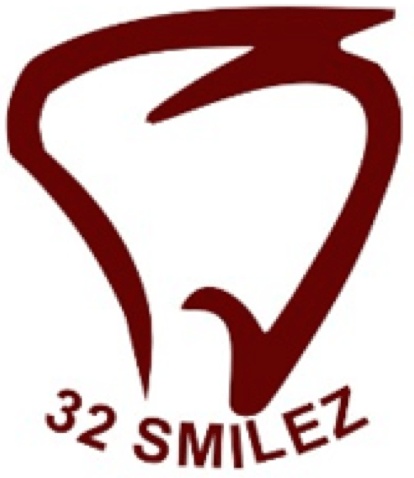Painless Removal of Tooth (Extraction)
Gum Surgeries
Impacted Wisdom Tooth Removal
Apicoectomy
During root canal treatment, the canals are cleaned. Inflamed or infected tissue is removed. An apicoectomy may be needed when an infection develops or won’t go away after root canal treatment or retreatment. Root canals are very complex, with many small branches off the main canal. Sometimes, even after root canal treatment, infected debris can remain in these branches. This can possibly prevent healing or cause re-infection later. In an apicoectomy, the root tip, or apex, is removed along with the infected tissue. A filling is then placed to seal the end of the root.
Biopsy and diction of Oral Cancer
- A sore or lesion in the mouth that does not heal within two weeks.
- A lump or thickening in the cheek.
- A white or red patch on the gums, tongue, tonsil, or lining of the mouth.
- Difficulty chewing or swallowing.
- Difficulty moving the jaw or tongue.
- Numbness of the tongue or other area of the mouth.
- Swelling of the jaw that causes dentures to fit poorly or become uncomfortable.
Removal of Jaw Cysts
Jaw cysts are generally found after having a routine dental X-ray. If left untreated, jaw cysts can grow and slowly replace the bony tissue in your jawbone. This can weaken your jawbone and cause it to fracture.
Jaw cysts are usually removed under local anaesthesia. This means you will stay awake, but the area around the jaw cyst is completely numb. Sedative drugs can be given with local anaesthesia to help you feel relaxed during the procedure.
The operation is normally done as a day-case, requiring no overnight stay. Your surgeon will explain the benefits and risks of having your jaw cyst removed, and will discuss any alternatives to the treatment.
